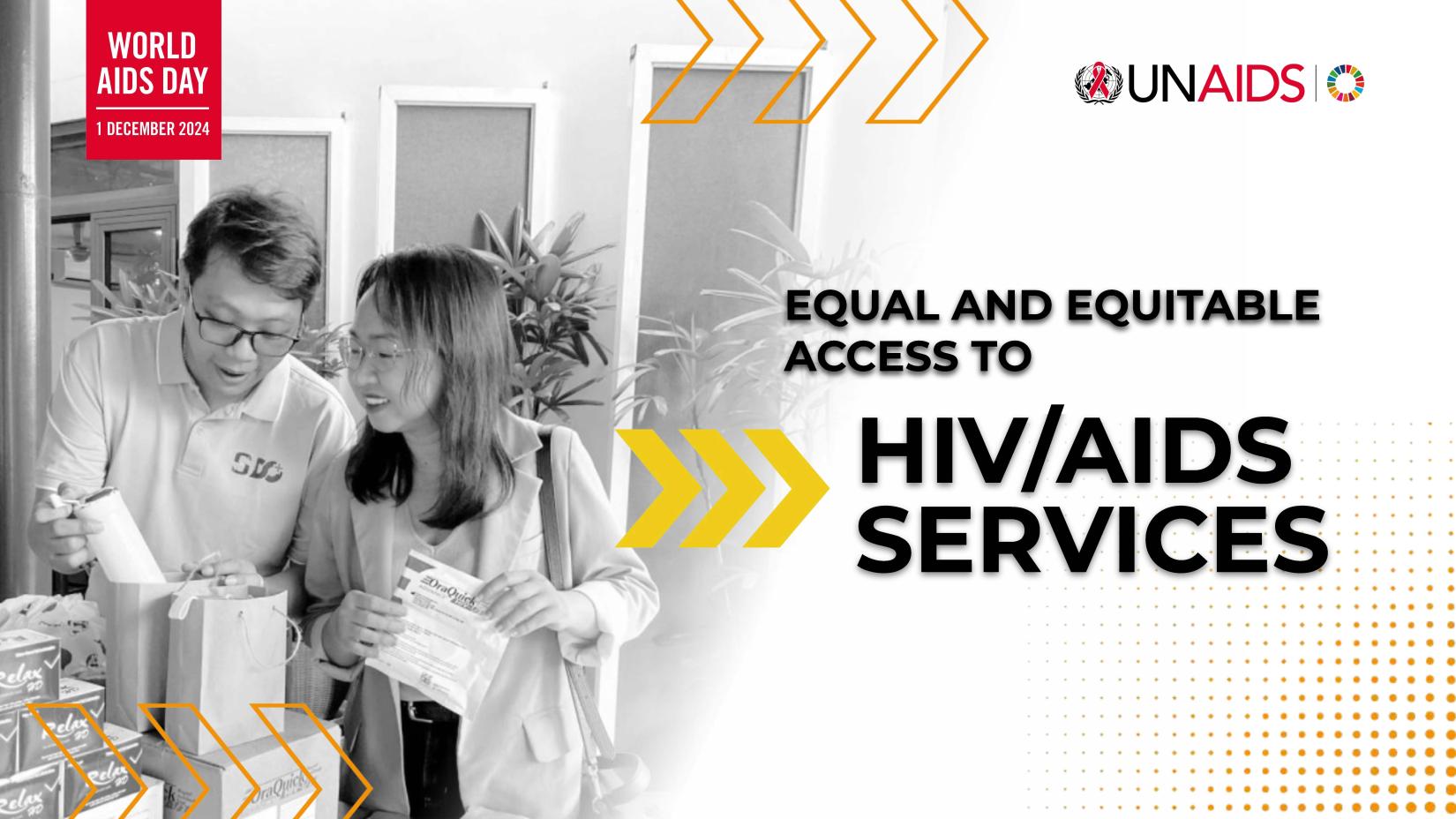Building a sustainable HIV response with the community, for the community

---

As international HIV funding began to fade in Viet Nam, community-based organizations (CBOs) have risen to the challenge, striving to ensure that community-driven solutions can not only survive but thrive.
S Đỏ, a community organization based in Can Tho province, exemplifies this resilience, serving as a model for sustainability and innovation in Viet Nam’s evolving HIV response.
A Turning Point
Founded in 2012 by and for the MSM (Men who have Sex with Men) and transgender communities, S Đỏ began as a small initiative powered by international donor support to provide critical HIV testing, counseling, and outreach services to marginalized communities at higher risk of HIV infection.
For years, Viet Nam’s HIV programs flourished with support from international donors like PEPFAR and the Global Fund. These resources have been funding vital services such as PrEP, self-testing kits, and most of community outreach work. But as Viet Nam transitions to upper-middle-income status, external donor funding is declining. This has left organizations like S Đỏ at a crossroads: adapt or risk losing the hard-won gains in their capacity and results against HIV.
“When donor funding started to decrease, we had to make a choice: either shrink our work or find a way to sustain it ourselves,” says Đặng Quốc Phong, the non-binary leader of S Đỏ. “We’ve always believed that solutions should come from within the community. We chose to grow.”
The Decision to Diversify
S Đỏ’s team began asking hard questions: How could they fund their work without relying solely on grants? What strengths could they leverage to create a sustainable future? They turned to the community itself for inspiration.
Through their work, they noticed a pressing need for life skills, vocational training, and gender-sensitive counseling—and an opportunity to create a sustainable income stream. This realization led to the establishment of S Đỏ’s social enterprise arm, which offers capacity-building services like workshops on communication skills, consulting techniques, and media production. Clients range from international organizations like USAID and Save the Children International to local agencies like Can Tho Centers for Disease Control (Can Tho CDC) and Women’s Union branches, as well as community members seeking vocational support.
“It was a win-win,” Phong says. “Our mission is always at the heart of what we do. We were building skills in the community and genuinely improve people’s lives while also funding our work.”
Today, 30% of S Đỏ’s operational costs are covered by revenue from capacity-building services. The rest comes from a mix of short-term and long-term donor funding. S Đỏ reinvests its income into free HIV testing, mental health counseling, and outreach programs with separate specialized teams, ensuring that their services remain accessible to the marginalized population.
Challenges Along the Way
Transitioning to a self-sustaining model was not without its challenges. After years of operating as a grant-funded nonprofit, S Đỏ had to learn how to generate revenue while staying true to its mission.
“At first, it was hard to see ourselves as more than just a nonprofit,” Phong admits. “We had to shift our mindset and embrace being a social enterprise.”
There were also legal and financial complexities. Navigating tax regulations and government oversight required significant time and effort. “We spent a lot of time educating ourselves,”
The Power of Collective Action
S Đỏ’s success is rooted in collaboration. As a founding member of the Mekong Delta CBO Network (MCN), S Đỏ has played a key role in strengthening connections among CBOs through technical advice, experience sharing, and capacity-building initiatives.
In addition to local partnerships, S Đỏ works with international and national stakeholders like World Health Organizations and Viet Nam Administration of HIV/AIDS Control, as well as other international development partners. Acting as a trusted consultant, the organization helps design and implement programs tailored to the MSM and transgender communities, enhancing service quality and expanding outreach.
“Our mission is bigger than us,” Phong reflects. “Through collaboration, we’re building a network that creates real, lasting change for the community.”
Insights from the UNAIDS Consultation
S Đỏ’s transformation is part of a larger shift in Viet Nam’s HIV response. In August 2024, Phong joined other community leaders at a UNAIDS community consultation in Hanoi to discuss how CBOs can sustain their work in the face of declining donor funding.
The consultation emphasized the critical role of CBOs in advancing the HIV response. Key community recommendations included fostering data transparency and collaboration between CBOs and health authorities, creating legal framework and mechanisms for state funding access, expanding community-led multi-service clinics, and ensuring clear policies to strengthen CBO roles in providing HIV and health services. Technical support to improve service quality and financial management was also highlighted.
For Phong, the consultation was a moment of affirmation. “It was a reminder that we’re not alone in this work,” he says. “It showed us that our experiences and solutions are part of a larger movement.”
A Vision for the Future
As Viet Nam works to strengthen the sustainability of the national HIV response of which an important component is sustainability of the community-led response, S Đỏ is setting an example for how community organizations can lead with innovation, collaboration, and sustainability.
UNAIDS Country Director, Raman Hailevich underscores the stakes: “If we fail to sustain community-led HIV responses, we risk losing the fight against HIV and failing the common goal of ending AIDS. Multilateral support is essential—the government, international organizations, and donors must continue supporting capacity enhancement and strengthen the enabling environment that fosters trust, provides resources, and empowers community organizations of people living with and at higher risk of HIV infection to grow and make greater, sustainable contributions to the HIV response. A sustainable HIV response must be built with the community, for the community, with the support of all stakeholders.”






